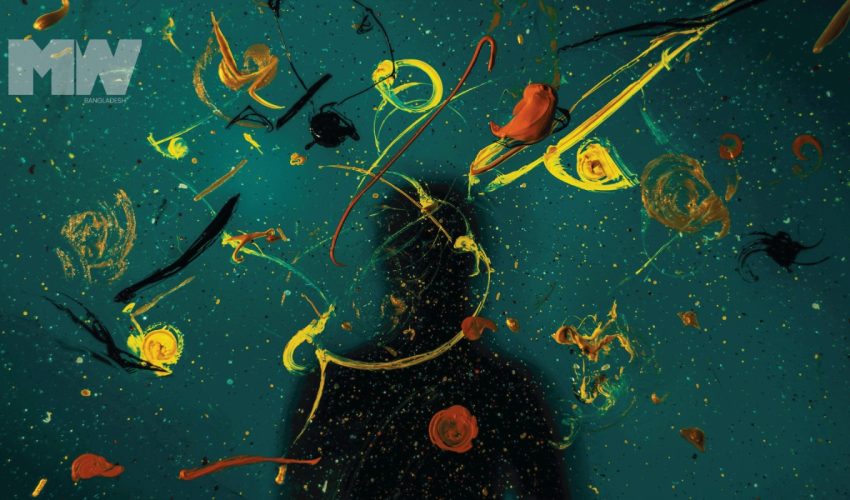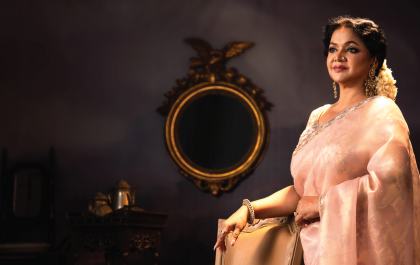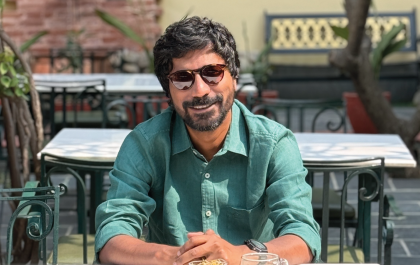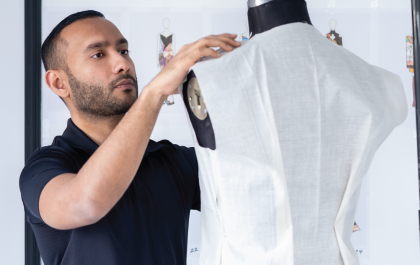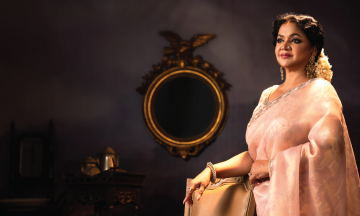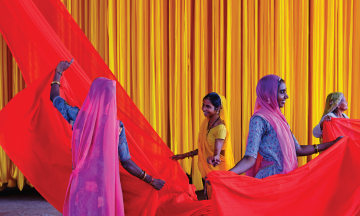Usraat Fahmidah
If you are one of those people who has shied away from artistic pursuits like singing, dancing, or painting because you believe that creativity is an inherent trait, something you’re born with, and you don’t possess any of that, then rest assured, you are not alone.
The traditional educational system defines us in binaries, and often shapes our mindset to believe that we are either inherently creative, or we are not. This dichotomy becomes a defining aspect of our identity, and we are led to think that we belong to one or the other. So, we meekly settle for one of the binaries to associate ourselves with for the rest of our lives, and never end up trying.
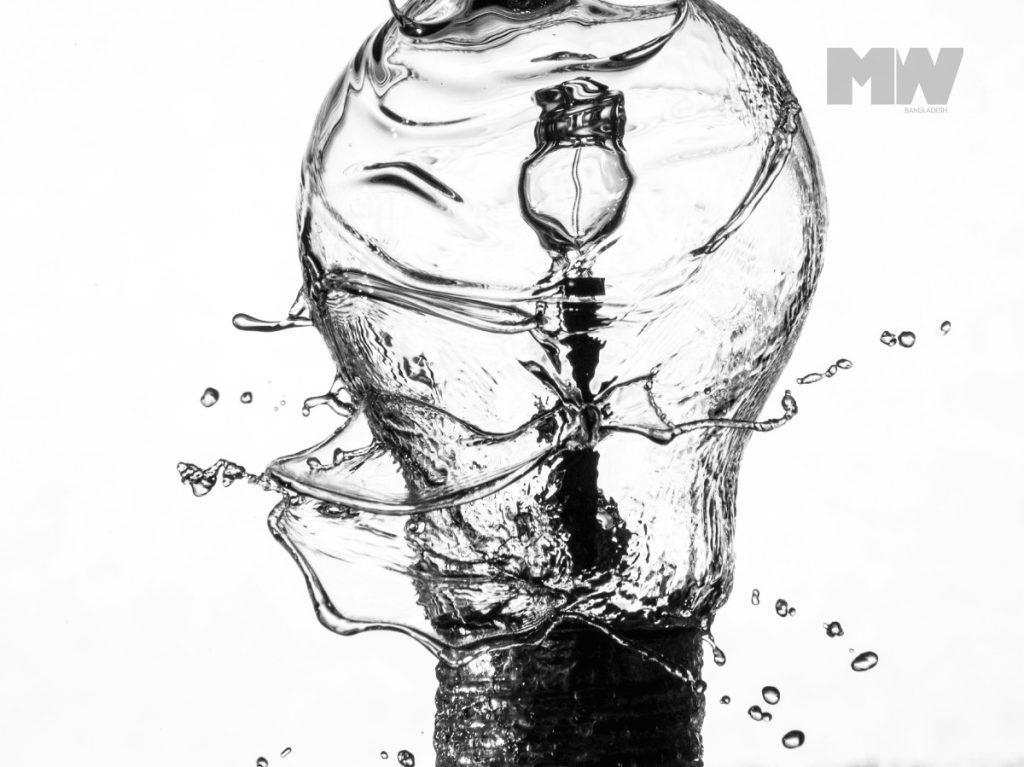
Sharon Pittaway
But is this perspective entirely accurate? Does creativity exclusively pertain to artistic pursuits?
Creativity researchers have challenged this prevailing perspective, labeling the notion of being “naturally gifted” as a bias that many of us unconsciously fall prey to.
Firstly, the “genius bias” refers to the bias that creativity is only deemed significant if it reaches the level of genius impact. Similarly, the “art bias” suggests that conventional artistic talents, such as drawing or musical skills, are the sole indicators of creativity, which is not entirely true.
We have become accustomed to these biased perspectives. As a writer, I’ve often doubted my abilities, and questioned if I have what it takes to be a great one. However, I’ve come to realize that the stereotype of a creative genius has only held me back from fully recognizing my own creative potential.
According to Hungarian-American psychologist Mihaly Csikszentmihalyi, creativity can be dissected into two parts: “Big-C” and “little-c.” “Big-C” refers to individuals such as Picasso, Einstein, and Van Gogh, recognized as geniuses who have significantly impacted entire domains or fields. On the other hand, “little-c” encompasses the everyday, personal problem-solving that all of us engage in.
We exhibit “little-c” creativity when tackling routine issues from a fresh perspective, such as coming up with a recipe to use ingredients before they go bad. Thus, creativity extends beyond the confines of artistic pursuits, and all of us are in some ways creative.
The issue lies in our neglect of “little-c,” and unfortunately, it’s not something we are taught to appreciate. Think back to the last time you were appreciated for solving a mathematical problem in a unique way – chances are, it’s a rare occurrence. Our traditional schooling system tends to overlook and undervalue these smaller, creative achievements. However, fostering creativity requires that we recognize, value and cherish it.
Our traditional schooling system tends to overlook and undervalue these smaller, creative achievements. However, fostering creativity requires that we recognize, value and cherish it
Professor James C Kaufman, an American psychologist known for his creativity research, developed a model that goes beyond the conventional “Big-C” and “little-c” framework proposed by psychologist Csikszentmihalyi, which aims to encompass the varied levels of creativity many individuals possess. He called the model “Four-C.” Within this model, he introduces the concept of “mini-c,” representing personal insights and spontaneous bursts of ideas that carry significance, even if only to oneself. He shares the importance of recognizing these small creative expressions, whether it’s a daydream, a fleeting idea, or a spontaneous “aha” moment. He argues that many people undervalue “mini-c” and fail to recognize its creative potential, hindering their journey towards greater creativity.

Michale Dziedzic
Moving beyond “mini-c,” there is “little-c,” which involves sharing and refining creative ideas, eventually gaining recognition from others. An example of “little-c” is working on the first draft of your novel after inspiration strikes. The third level is what he describes at “Pro-c.” This is the category of people who have already exerted a sizable influence in their field. Ultimately, the “Big-C” tier is reserved for the most exceptional creative minds of all time.
Professor Kaufman argues that if you want to foster your creativity, you must acknowledge your creativity to begin with as a creator. Only then can you ascend the different levels within the Cs. And fostering creativity requires diligence, consistent effort, and perseverance.
When I decided that I would actively put in effort to foster my creativity, my objective was modest – I didn’t aspire to be the best, but rather sought to turn every minor opportunity into a creative exercise. My hope was that these small exercises of creativity in my mundane routine would enrich my perspective as a writer.
I have learnt to believe that we can nurture our creativity. It’s important that we keep the practice of nurturing it outside of classrooms because our creativity is often stifled in the pursuit of standardized education, but the ability to think creatively is what sets us individuals apart, and infuses joy into our life.
One thing I enjoy about this method is that I get to value and cherish every step of the creative process. Whether it’s noting down my whimsical ideas that can be categorized as “mini-c,” or working on a sci-fi story, I value the work that I am doing. At any given time, I usually have a personal creative project going on that I am solely doing for myself. This year, I am attempting to create my own board games. In the process, I have learnt a great deal about what goes on behind creating board games: the logic, the strategy, the theory. I’m turning my “mini-c” into “little-c.” These everyday improvisations enrich my creative capabilities.
The key-takeaway is that scientific research on creativity shows that it’s possible for individuals to foster their creativity to a higher level if they move beyond these misconceptions about creativity, and put consistent effort. Just like any other skill-set it’s important that we learn to cherish creativity if we want to get better at it.




